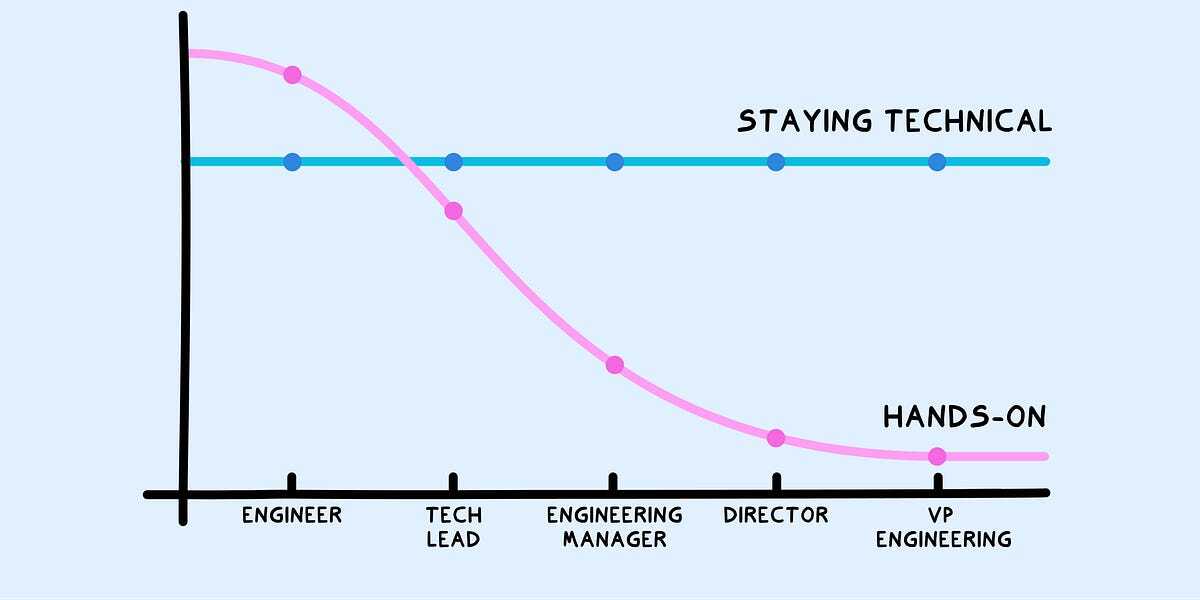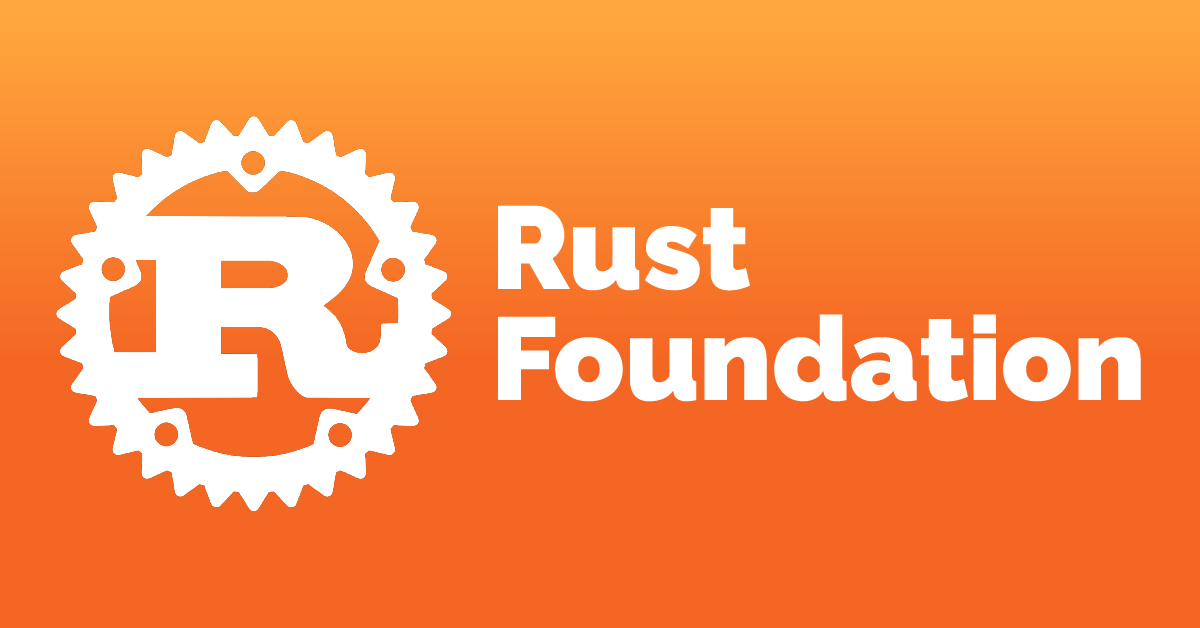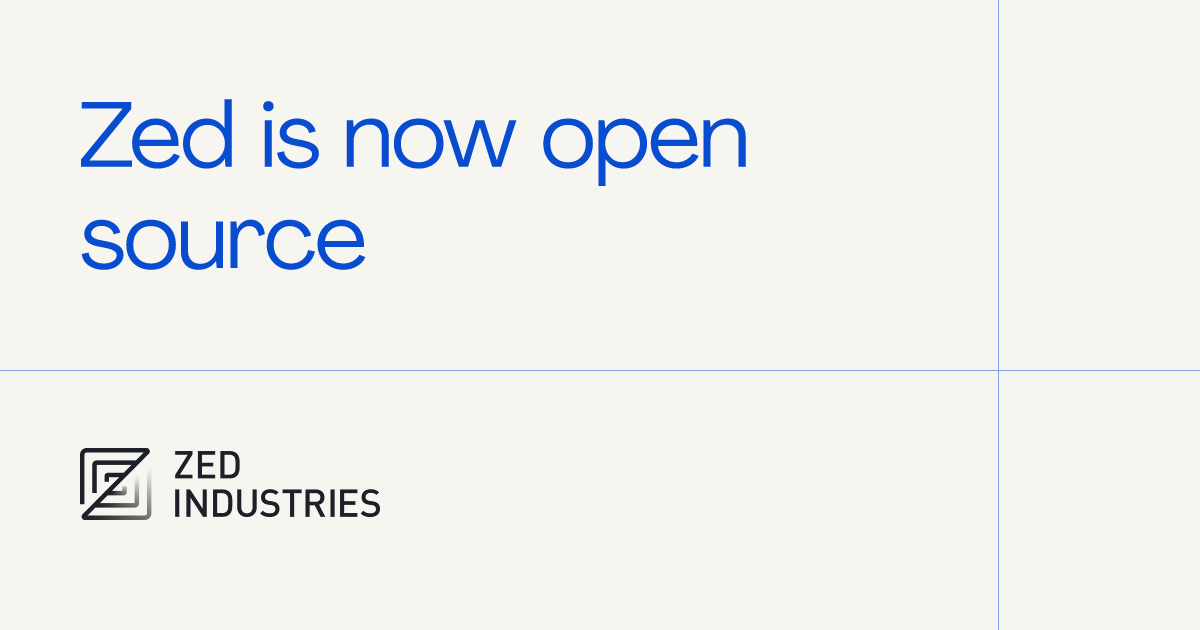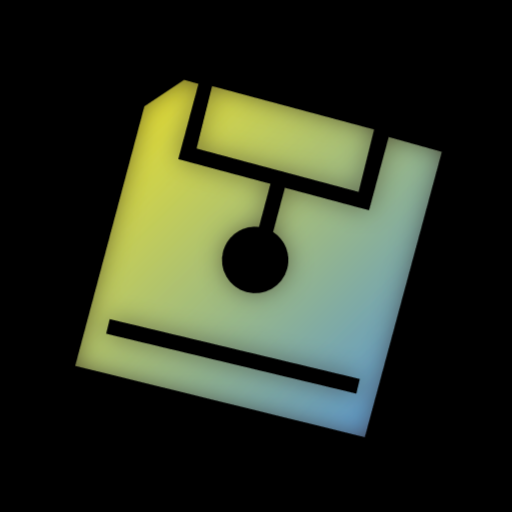- 🎮Indie game dev
- 💬Adding content to programming.dev
posting things from the 160+ rss feeds I follow. You should see me post links in two chunks for when im reading stuff, once in the morning and once in the evening ET. If you want some of my sources for certain communities feel free to dm
- 58 Posts
- 24 Comments
For old reddit style theres mlmym which fills that niche better (e.g. for you that would be at https://old.lemmy.world)
Default UI is currently getting overhauled in a bunch of different ways. Lemmy-Leptos for Lemmy itself, and new UIs for Sublinks and Piefed as they get constructed

 6·4 months ago
6·4 months agoYes, or it compiles to JavaScript. From the version 1 post

For self hosting there’s also Forgejo which is a fork of Gitea
Thats what Codeberg uses

 3·5 months ago
3·5 months agoCanada (Ontario)
- preschool
- junior kindergarten, senior kindergarten, grades 1-6 | elementary school
- grades 7-8 | middle school (or also elementary if the school is K-8)
- grades 9-12 | high school

 8·5 months ago
8·5 months agoIt was removed from the source instance already (lemmy.world)
Not sure why lemmy.dbzer0 doesnt get that federated
It was a bug that was fixed in 0.19 (so the instances that haven’t upgraded yet will still have people from them writing amp but the ones that have wont)
For example I can type & fine

 19·5 months ago
19·5 months agohttps://boost.lemy.lol <- link to it, doesnt work for instances not connected to it like lemmy.world but theres still ~ 26 major ones

 18·5 months ago
18·5 months agoIn the past imgbb was used to post CSAM to some communities so some instances remove links to images hosted on it (or I guess ban the user in the instance you were on)
Edit: seems like that was lemmy.world, reach out to their community team and ask to be unbanned if you want your account unbanned, seems like they did that for someone else in the past

 5·5 months ago
5·5 months agoThe modlogs public to see removed comments. Just a bit difficult to navigate through currently

 17·5 months ago
17·5 months agoInstances are the ones hosting the data on their servers + things not having mods can devolve very quickly with things like the nazi bar problem or the scam links that have been getting posted and removed in some communities. This is a different thing than whats in the post though, the post is talking about all communities needing to be fetched manually the first time theyre viewed

 4·5 months ago
4·5 months agoSubreddit had 3 posts within the last month so not that far off tbh
I can look for some post sources to give the community here some more activity

 7·6 months ago
7·6 months agoActive is a combination of that and hot but is essentially hard capped at 2 days. Things past that wont show up
Theres the new comments sort which works like that though

 3·7 months ago
3·7 months agoCurrently theres also mbin (fork of kbin) and lotide that have instances running them
Also some others in development but nobody running them yet

 5·7 months ago
5·7 months agoWhen the draw function calls itself it yields control to that new function its calling. When that function ends it takes back control and continues doing what it was doing.
This means all of the for loops in all of the functions will execute. Draw(1) will do the for loop and then return as it hits the end of the function (standard behaviour when you reach the end of a function even if theres no return statement). Then draw(2) will do the for loop as it gets back control now that draw(1) is done and then return, etc. all the way up
All parts of a function are recursive, theres no such thing as a non recursive part

 11·7 months ago
11·7 months agoDidnt say to go anywhere, just said that people on .world cant see content from hexbear on lemmy.ml posts shown by those comment counts above even though lemmy.ml federates with hexbear. (hexbear used since its the best example of a large blocked instance that can showcase this well. Could have also used .world, .ml and beehaw and same point stands)
Same logic would apply to .world federating with threads. People on lemmy.dbzer0 for example wont see content from threads on .world posts or communities even if .world federates with threads
Just wanted to put a counterpoint to you saying people would need to deal with it indirectly which isnt true proven by the above. You dont need to strawman it by making it a different point

 8·7 months ago
8·7 months agoThis code has a recursive call (function calls itself) within the function so that has to be taken into account when tracing it
This would make the function execute multiple times so the for loop would end up executing multiple times.
Lets say main calls draw with a height value of 10 (draw(10)). First it sees that n is greater than 0 so it keeps going. Then it calls the draw function with a value of 10 - 1 aka 9. Now its executing in the draw(9) function. Greater than 0 so continues and calls draw(8). etc. all the way down to draw(0) where it sees that n is equal to 0 so returns out of the function due to the return statement.
Now that draw(0) finished executing draw(1) can keep going and goes to the for loop. Here it prints 1 # and then prints a new line (and then returns since it hit the end of the function). Now that draw(1) is done draw(2) can keep going and prints 2 #'s and then prints a new line (and then returns). This keeps going all the way up to the initial draw call, draw(10) which prints 10 #'s and then a new line, returns, and then the main function keeps going but theres nothing after that so it returns and the execution ends.
The effect from coming back after the recursive calls makes it seem like n is increasing but its just different calls to the same function. i is taken into account for but printing the amount of #'s since thats whats within that loop

 21·7 months ago
21·7 months agoInstances that defederate with threads wont see content from threads even on other instances that may federate with them.
As an example here lemmy.ml federates with hexbear and world but hexbear and world dont federate with each other. On lemmy.ml posts world users cant see any comments made from people on hexbear and vice versa
- A post in the view of .world: https://lemmy.world/post/9466410 (282 comments)
- The same post in the view of hexbear: https://hexbear.net/post/1304992 (76 comments)
- The same post in the view of lemmy.ml: https://lemmy.ml/post/9207671 (306 comments)
So they wont have to deal with them indirectly













Not all work with someone happens from opening up issues or PRs